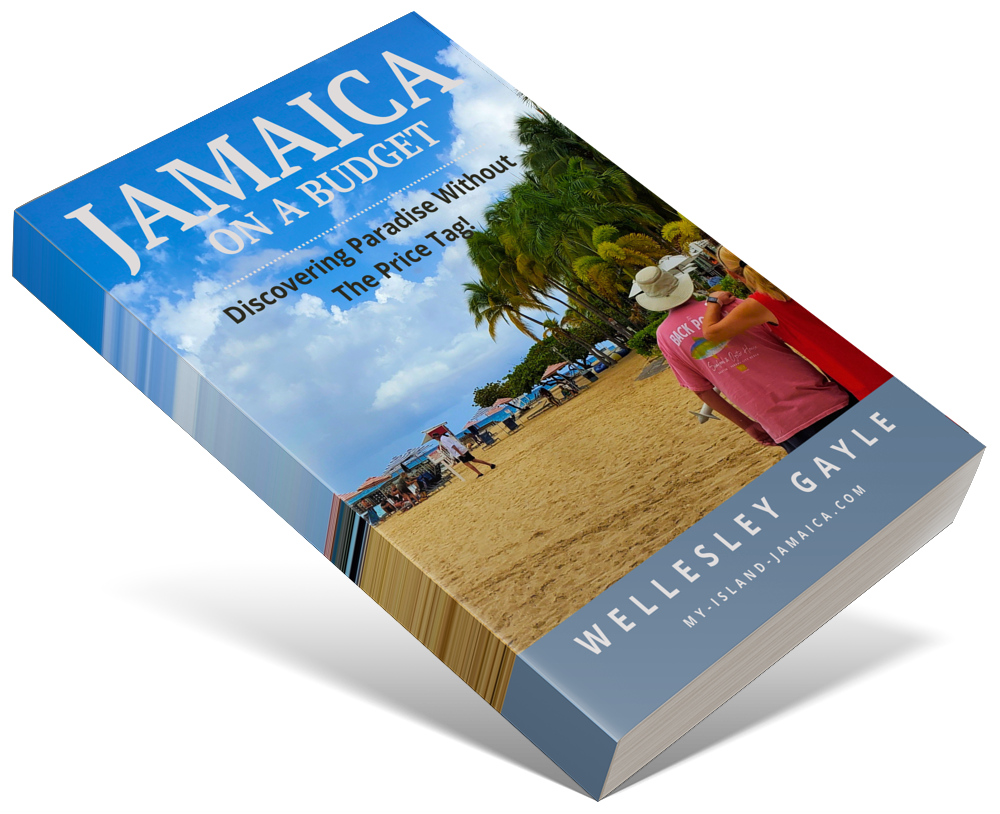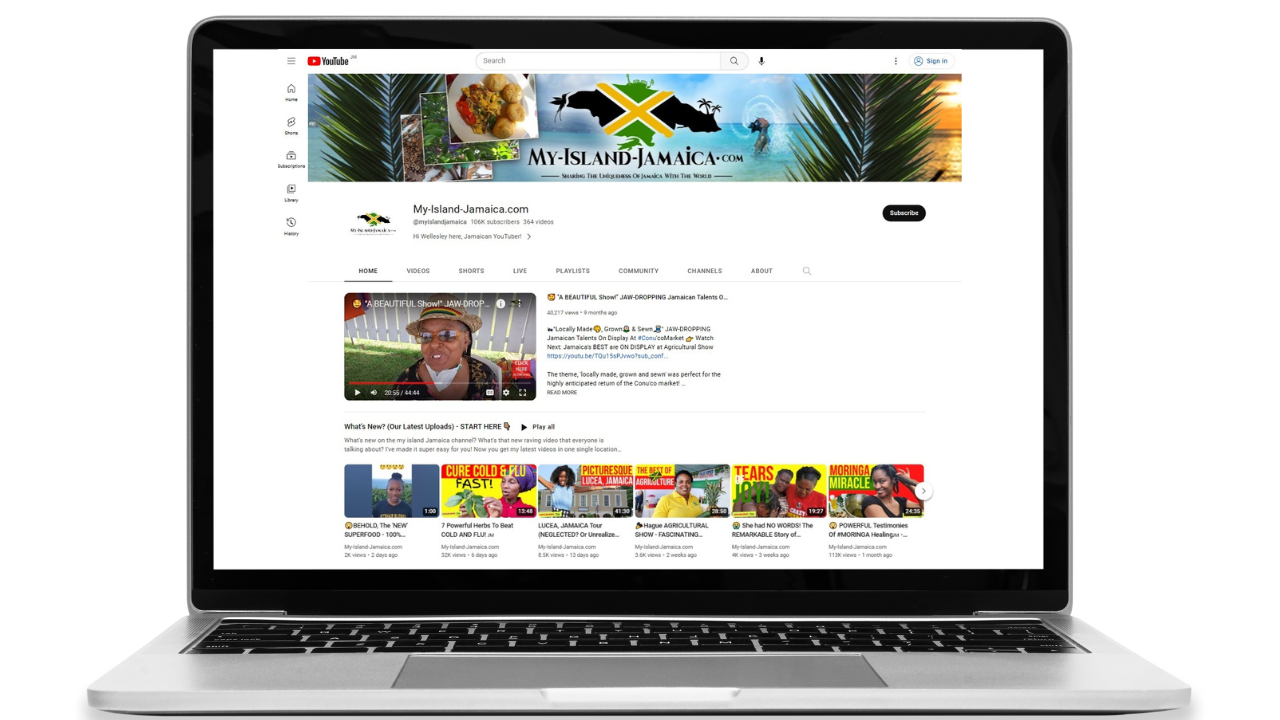Subscribe for all my updates and don't miss a thing! Sign me up!
The History Of Banana In Jamaica
by Barbara King
(UK and Jamaica)
Did you know that Jamaica was the first commercial producer of bananas in the Western Hemisphere?
Oh Yeah! It began in 1866
And did you also know that originally, bananas had large seeds, but seedless varieties were propagated to replace those?
Well now you do!
From Sugar To Banana
In 1848, over 500 estates grew sugar cane in Jamaica, but by 1910 there were only 10 estates, even although the population had grown. Jamaica had started to export rum, tobacco, ginger, pimento and citrus fruit, that raised some finance, but not enough, so the banana industry was what helped the country's economy.
Origin Of Banana
The banana actually originated in South Asia, and was distributed across Africa by the Arabs. In 1516, they were taken from the Canary Islands to Hispaniola by a Spanish missionary, then onto Jamaica.
There were several varieties of bananas in Jamaica then but the Gros Michel was cultivated only after arriving in the country with a French botanist called Pouyat from Martinique to be planted in his St Andrew coffee plantation in 1835.
It was known at first as martnick because of its origin, and as the soil and heavy rainfall were suitable for cultivation it became a success in many areas such as Port Antonio, Portland.
The Banana Boom
Banana cultivation spread west, then south into sugar estates, replacing the sugar industry and bringing greater opportunities to the country. There were also mall settlers with a couple of hectares who grew bananas and sold them to
commission paid agents at railway stations.
Unlike sugar which is seasonal, bananas were harvested throughout the year, therefore creating the need for more ships with refrigeration, which also carried passengers and other freight.
By 1929 the Jamaica Banana Producers Association was formed to bring growers under one body for protection and recognition. With stable conditions, government aid, more respect for the law, JBPA had protection from outside companies. It gave members independence and protection from the giant United Fruit Company who were getting exclusive control of the trade.
JBPA handled a large percentage of Jamaica's total fruit output and received help from the Government for running regular shipping services. In 1936 JBPA became a private trading company called All Island Banana Growers Association
which was a co-operative.
The Banana Struggle
Other associations began to form for cane farmers, citrus, cocoa, coffee, coconut farmers and livestock breeders that were of social and economic importance.
Tate and Lyle Investments from England revived the sugar trade, buying properties including United Fruit Company Land. They developed modern methods of production with new factories to help do the work some small inefficient factories previously did.
The sugar yield increased: The year 1888 average yield was 45 tonnes, and 1956 average yield was 81 tonnes. And World Wars 1 and 2 further encouraged sugar production but caused a slump in the banana trade :-( almost ceasing in the Second World War due to the lack of shipping and the unimportance of the fruit compared to other food.
The British Government paid for each years crop, although they weren't shipped because of the risk of bombing and wanting to maintain the industry.
Banana Today
Today, while Jamaica still export bananas and bi-products of bananas, the industry continues to operate way below its potential but for various reasons.
One of the main reasons is the frequent battering by hurricanes. Charlie (1951), Flora (1963) Carmen (1974, Allen (1980) Gilbert (1988), Ivan (2004), Dennis and Emily (2005) and Sandy (2012) are just a few.
And they all seemed to appear at times just about when the industry starts to blossom. In some cases, export were halted to for several years! Not only has it thwarted its direct development, it also discouraged investors.
But according to the All Island Banana Growers’ Association, The Banana Board currently maintains over 150 varieties at the gene bank at the Bodles Breeding Research Banana Station, including the traditional varieties of:
- Robusta
- Williams (Ziv)
- Grand Nain
- Lacatan
- Gros Michel
- Silk (Chinese, Apple and Thousand Fingers)
As well as several varieties developed or endemic to Jamaica, which includes:
- RG1 (developed by Ren Gonsalves)
- Tetraploid 1242 (developed by Dr. Ken Shephard)
- Tetraploid 6812 (developed by Dr. Ken Shephard)
- Highgate Variety
What will become of these? And when will we start seeing the true potential of the banana in Jamaica? Successive governments have hinted at its development through mitigating measures, but the 'proof is we say is in the
St. Mary and Portland currently produces the largest number of bananas in Jamaica.
By the way, can you make banana bread, Jamaican style? Here is a simple recipe to enjoy while we still have some banana.
References:
- "Jamaica Banana Industry", All Island Banana Growers’ Association, Retreived from https://aibga.info/index.php/industry/jamaica-banana-industry/
- "Bananas", H.W. Von Loesecke, revised 2nd edition, Interscience Publishers, Inc. New York, 1950
- http://jamaica-gleaner.com/gleaner/20100515/feature/feature5.html
- http://old.jamaica-gleaner.com/pages/history/story0053.htm
- https://jis.gov.jm/jamaican-bananas-return-european-market/
- http://digjamaica.com/m/blog/jamaicas-hurricane-history/
Join in and write your own page! It's easy to do. How? Simply click here to return to Have_Your_Say.
New! Get My Latest Book👇🏿
|
You asked, I've answered! You no longer need to save for months or years, to enjoy paradise! I spilled the beans! sharing my top tips on finding cozy accommodations and secret gems, only the way a native could! Click Here to pick it up on my e-store and start saving now! |
See The Best Of Jamaica - In Videos!
|
My channel reaches over 140,000 subscribers worldwide and has leveraged over 11 million views, sharing, what I call 'The Real Jamaica'. Subscribe today and join our family of viewers. |
Read More ...
New! Experience The REAL Jamaica!
Book Your Private Tour here and experience Jamaica the way we (locals) do!
P.S. Didn't find what you were looking for?
Still need help?
Click Here to try our dependable and effective Site Search tool. It works!
Or, simply click here and here, to browse my library of over 500 questions and answers! Chances are someone already asked (and got an answer to) your question.










